How SIAM supports the digital transformation?
Terms such as digitization, IoT, cloud, bimodale IT, agile and DevOPs are with us all the time.
The increasing speed of change in our daily life, especially in the area of digitization, has made many technologies and concepts obsolete.
Digitization, IoT, Cloud, Bimodal IT, Agile and DevOps are terms that are with us all the time. Although many can no longer hear them and are sometimes skeptical about the practicality of some concepts, from my point of view the value that these concepts bring are worth taking a closer look.
What does digitale transformation mean?
Digital transformation is the embedding and use of digital technologies and services in many areas of a company. This leads to changes in the way companies work and how they add value for their customers.
The trend towards “Everything as a Service” and the selection of the most suitable provider (Best of Breed) is leading to an increase in the number of different service providers and suppliers in the IT supply chain, which must be managed efficiently. Even as a small company, it is not unusual to have a dozen different providers quite quickly. This is where a management model like SIAM comes in. It makes the complexity in a multi-sourcing environment more transparent and enables efficient control of the provision of services.
For those readers who believe SIAM is a cat, or a Far Eastern travel destination, I would like to briefly explain what it is actually about. For this I would like to use the original text from the official publication (SIAM Foundation Body of Knowledge):
“Service Integration and Management (SIAM) is a management method that can be used in an environment that procures services from different service providers. SIAM has a different focus than traditional multi-sourced ecosystems with one customer and multiple suppliers. It offers governance, management, integration, security and coordination to ensure that customer organizations get maximum benefit from their service providers. “
Find the full publication here: Link to Scopism Body of Knowledge
Why consider SIAM for an organization on the digital journey?
IT departments are faced with the great challenge of enabling the digitization projects of the business units and advising and accompanying them during implementation. As a result, the capacities required for stable operation and control of the providers are aligned to the new challenges and must manage the balancing act between innovation and service stability. Often it is the same people who are responsible for the configuration and maintenance of technical systems who work on digitization projects, who then also have to take the lead in controlling suppliers. There is a “skill gap” between the management of tickets and the management of supplier contracts. This is not only inefficient, but also puts the responsible people and the respective organization under a lot of pressure.
The use of SIAM and the establishment of a central function, the service integrator, allows an organization to focus on the management of internal and external service providers and the provision of a smooth end-to-end service for customers. This frees up capacities within the company, which can be used in a targeted manner in other digitalization and innovation projects.
Another opportunity that SIAM offers is the ability to quickly and efficiently integrate new suppliers or service providers into an existing supply chain in an organizational, procedural and technical manner. With an ever-increasing number of different suppliers and the shorter contract cycles it has become essential to create more efficient structures. From drafting contracts, provider onboarding, creation of standardized governance structures, comprehensive performance management to supplier offboarding. SIAM creates the structures that enable sustainable multi-provider management in a digital world.
If you have already had experience or if you would like to exchange ideas with us, we would be very happy to hear from you.






